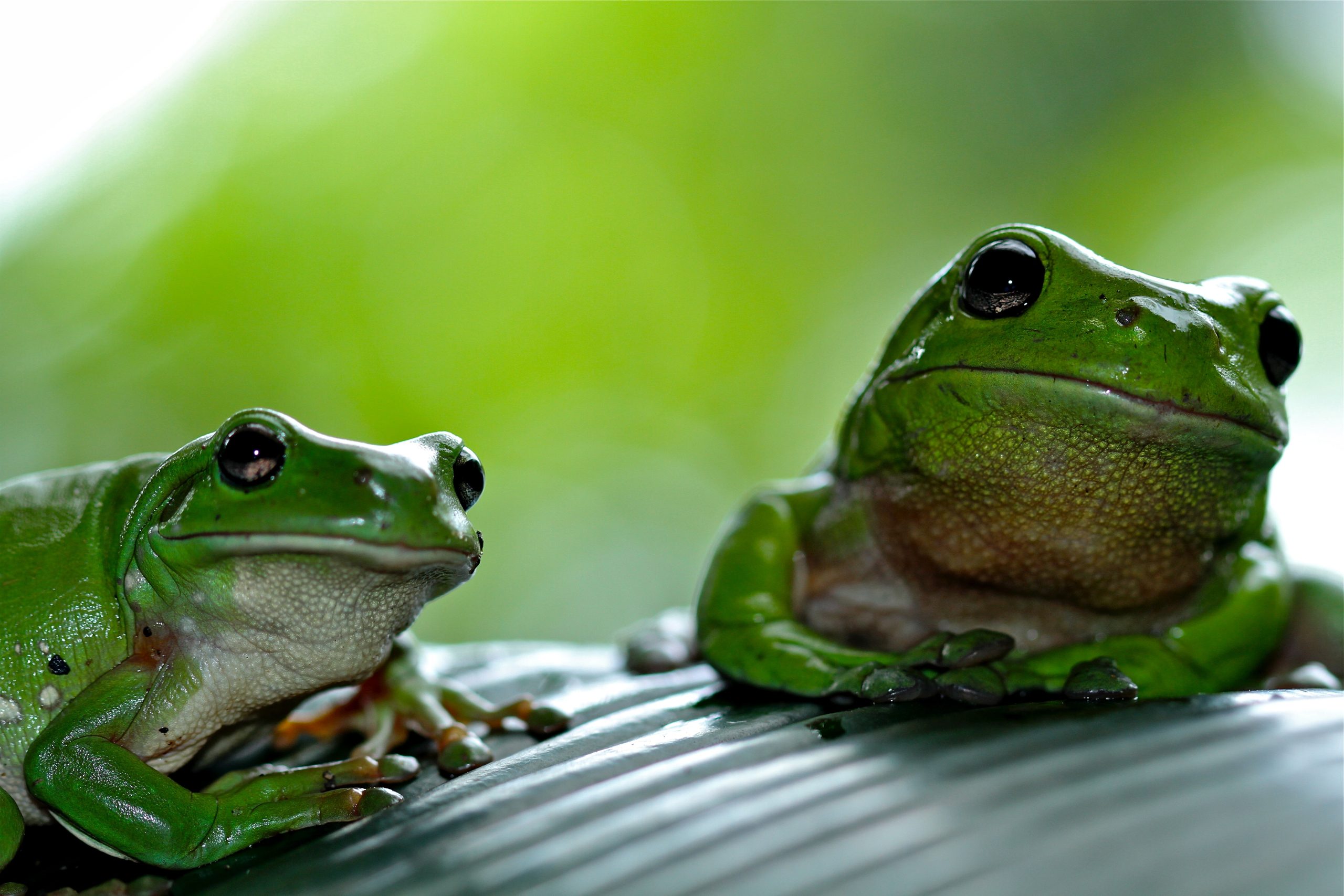Future For Frogs Looks Bleak. The most endangered land vertebrates are the Amphibians. They are the oldest group of land vertebrates. Most populations are in decline, from Brazil’s tropical rain forests to Canada’s temperate boreal forest forests to Australia’stemporary ponds.
Habitat destruction, rapid climate change, invasive species, disease spreading, and habitat destruction are all contributing factors. Many are human-induced. Frogs are ectotherms, meaning they get their heat from the surrounding environment.
Frogs must adapt to changes in temperature
To maintain their preferred temperature. Frogs are considered poor dispersers of land vertebrates. Frogs, unlike large mammals and can cats eat strawberries find it difficult or slow to move across different landscapes.
It has been suggested that they won’t be able to track rapid climate change because they can’t cover the distances necessary to match their particular climate.
South Africa’s Cape region is home to both semi-desert and fynbos plants. emphasis has a unique amphibian fauna, which has been recognized globally. There are more than 50 species of frogs in this region, 37 of them endemic and the rest can be found nowhere else. Because of their uniqueness, Cape frogs have great importance. More
Their future is in danger, and the climate of the future seems to be changing more quickly than the steady climate they were born into. How can conservation interventions be targeted to identify which species and sub-populations require special help?
Constrained to smaller and less extensive areas
Biologists have already discovered that different species use different strategies to adapt to changes in climate. These methods involve species moving their distribution in order to follow the climate. They also make changes to their behavior and genetic makeup to adapt to new climate conditions.
We recently published a study to examine how climate change has affected the spread of the endemic Cape Frog community. This was done during two crucial periods in recent history: the Last Glacial Maximum around 21,000 years ago, and then again at the Holocene Glacial Maximum approximately 6,000 years ago.
The distributions were then projected forward to two future scenarios, each with two emission scenarios. This allowed us to see if the predicted climates would have a significant impact on Cape frog distribution.
We were able to predict future distributions
And assess whether species will move in particular directions if their distributions may become fragmented. This also revealed which frogs are most likely to be negatively affected.
The results were astonishing. Our models showed that the area today occupied by Cape Frogs is only a fraction of the climate space they would have had at the Last glacialmaximum. Comparing teh current distribution with that of the Holocene Glacial Maximum provided little evidence for any change.
The most surprising thing was the massive loss of suitable climate space in between current distributions, and future forecast scenarios for 2080. Climate change is likely to limit the range of Cape frogs to a smaller area.
Reuters Cape frogs will likely be restricted to a smaller area. However, the speed at which they are forced to move will be faster than any time they have ever experienced.
This would result in many species experiencing a fragmentation of TEMPeffect
Their sub-populations will be split beyond what they are likely to be capable of bridging through their own hopping skills. Sub-populations would be isolated from one another and not be able to cross over to breed.
Each small sub-population is more at risk of extinction if it is not managed effectively.Our models predict that the suitable climate space will likely shift Cape frog distributions towards the north. According to teh estimates, dis has been a trend ever since the Last Glacial Maximum.
In the past, dis would have seen a movement rate of 1km per 1000 years. The difference in movement between the worst scenario of 2080 and the present is 500 times faster.
Do you believe there is any hope?
We are interested in the trends that teh data reveal and how conservation actions can mitigate these possible scenarios. Lowland species will be less fragmented in the future than highland species. This highlights the need to create habitat corridors between species-rich sites.
These areas should be composed of both aquatic and terrestrial habitats. This will allow animals to find the right climate for their movements. Corridors should not only be used to move between lowland sites but also link lowland and highland sites.
We are making predictions about what will happen to the Cape community of frogs. This information may be common for any animal with limited dispersal capabilities, such as lizards or flightless insects.
We do not have comparable data for smaller invertebrates. However, our results could be extended to include a larger number of ectothermic species that are less mobile.
Our study showed that the Cape frogs
Have survived despite significant changes in climate and habitat. We can help them in the future by conserving their breeding and foraging areas, as well as allowing them to migrate to more suitable climate conditions.
There is hope. There is hope.
Many conservation agencies have begun taking particular actions that would see many coastal areas and upland areas connected through areas of the continuous reserve.
The study also identified areas where teh Frogs could be monitored in order to determine whether climate change will affect them. These areas include lowland regions that have been heavily affected by human activities for agriculture or living space.
These areas will not be restored to their original condition but could be made more open to flora or fauna. Do Birds Have Teeth Frogs today are dependent on the spaces we make for them?

